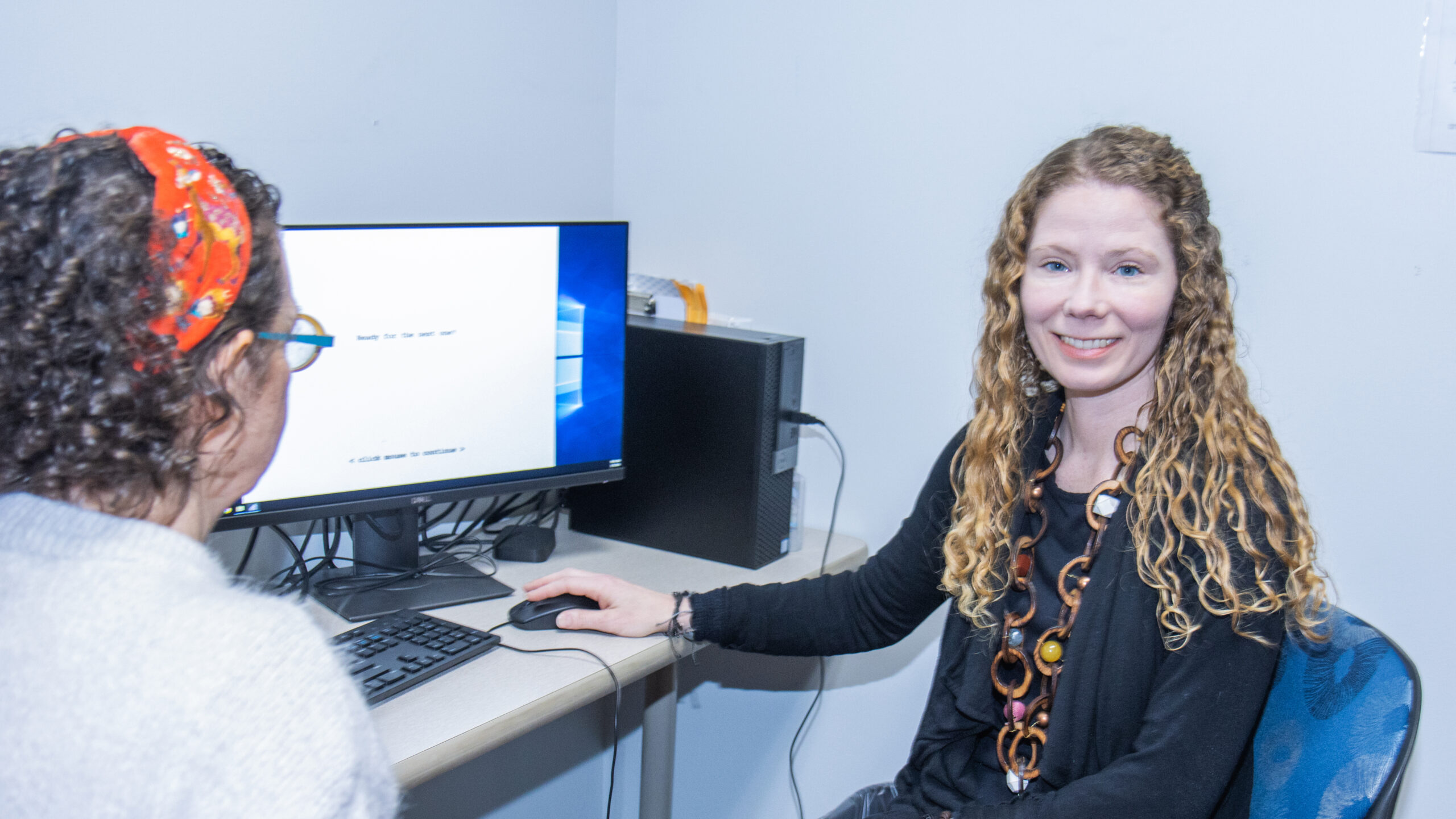Telerehabilitation
OVERVIEW
Telerehabilitation refers to the delivery of rehabilitation services via information and communication technologies.
Clinically, this term encompasses a range of rehabilitation and habilitation services that include:
- Assessment,
- Monitoring
- Intervention
- Supervision
- Education
- Consultation
- Counseling
Telerehabilitation services are delivered to adults and children with an acquired injury, disease, or developmental delay or disorder by a broad range of professionals that may include, but is not limited to, physical therapists, speech-language pathologists, occupational therapists, audiologists, rehabilitation physicians and nurses, rehabilitation engineers, assistive technologists, teachers, psychologists, and dietitians.
Telerehabilitation has the capacity to provide service across the lifespan and across a continuum of care. Just as the services and providers of telerehabilitation are broad, so are the points of service, which may include health care settings, clinics, homes, schools, or community-based work sites.
Terminology used to describe telerehabilitation is similarly broad. Some terms are used specifically to refer to individual rehabilitation disciplines, such as telespeech (speech-language pathology) or telePT (physical therapy). Other terms are more generic, such as teletherapy and telepractice.
It is not the intent of this document to resolve the debate over terminology; rather the goal is to provide consistency across applications, regardless of the vocabulary used. For the purposes of this document, the term ‘telerehabilitation’ will be used, and the reader is reminded that terminology may differ according to the application and location.
DEFINING TELEMEDICINE
Telemedicine is the use of medical information exchanged from one site to another via electronic communications to improve patients’ health status. Closely associated with telemedicine is the term “telehealth”, which is often used to encompass a broader definition of remote healthcare that does not always involve clinical services.
Videoconferencing, transmission of still images, e-health including patient portals, remote monitoring of vital signs, continuing medical education and nursing call centers are all considered part of telemedicine and telehealth.
Citation: American Telemedicine Association. (n.d.) Telemedicine defined. Retrieved March 21, 2010, from http://www.americantelemed.org/i4a/pages/index.cfm?pageid=3333.
OTHER IMPORTANT TERMS
- Asynchronous: A method of exchanging information (such as “store and forward” transmission) that does not require the client and the provider to be available at the same time. Common examples of asynchronous communication may include e-mails, faxes, recorded video clips, audio files, virtual technologies, e-learning programs, and so on.
- Bandwidth: A measure of the information-carrying capacity of a network. The quality of the visual and auditory signal is proportional to the amount of bandwidth; the higher the bandwidth, the greater the amount of data that can be transmitted in a given time period.
- Computer Interfacing: The connecting of a computer to another device.
- Document Camera: A camera that captures and displays real-time images during a telepractice encounter (e.g., text, photos, objects).
- Dual Streaming Presentation: The transmission of two compressed multimedia images at the same time.
- Encryption: A system of encoding data to assure that it is shared only by authorized users.
- Firewall: Computer hardware and software that block unauthorized communications between an organization’s internal network (LAN) and the external network (WAN).
- High Definition (HD): The increase in display or visual resolution from standard definition (SD).
Interoperability: The ability of two or more systems to interact with one another and exchange data to achieve predicable results. - Local Area Network (LAN): An internal network over a small geographic area.
- Multipoint Call: The interactive communication between multiple users at more than two sites.
- Network: A group of computers connected by hardware and software.
- Synchronous: Interactive transmission of data occurring bidirectionally in “real time” and, therefore, requiring the client and the provider be available at the same time.
- VPN (Virtual Private Network): A network that uses a public telecommunications infrastructure, such as the Internet, to provide remote offices or individual users with secure access to their organization’s network.
- WAN (Wide Area Network): An external network over a large geographic area that links LANs.
Citation: American Speech-Language-Hearing Association. (2010). Professional Issues in Telepractice for Speech-Language Pathologists [Professional Issues Statement]. Available from www.asha.org/policy.
CONTACT
Director, Speech and Hearing Center
Lisa McDonald
[email protected]
Assistant Director, Speech and Hearing Center
Lisa Fox-Thomas
[email protected]
Phone 336.334.5939
Email [email protected]
Location
524 Highland Ave, 300 Ferguson Building, Greensboro, NC 27412
